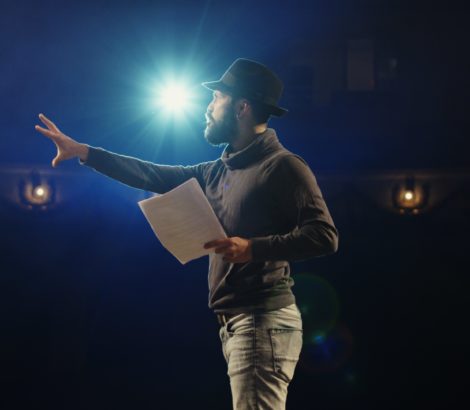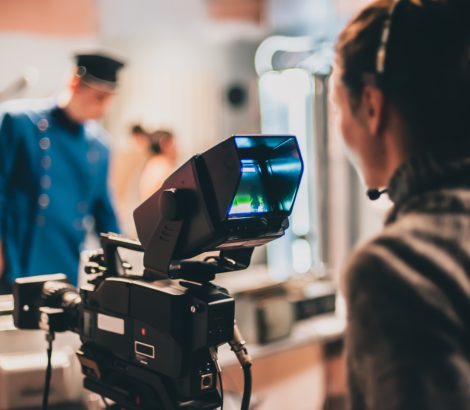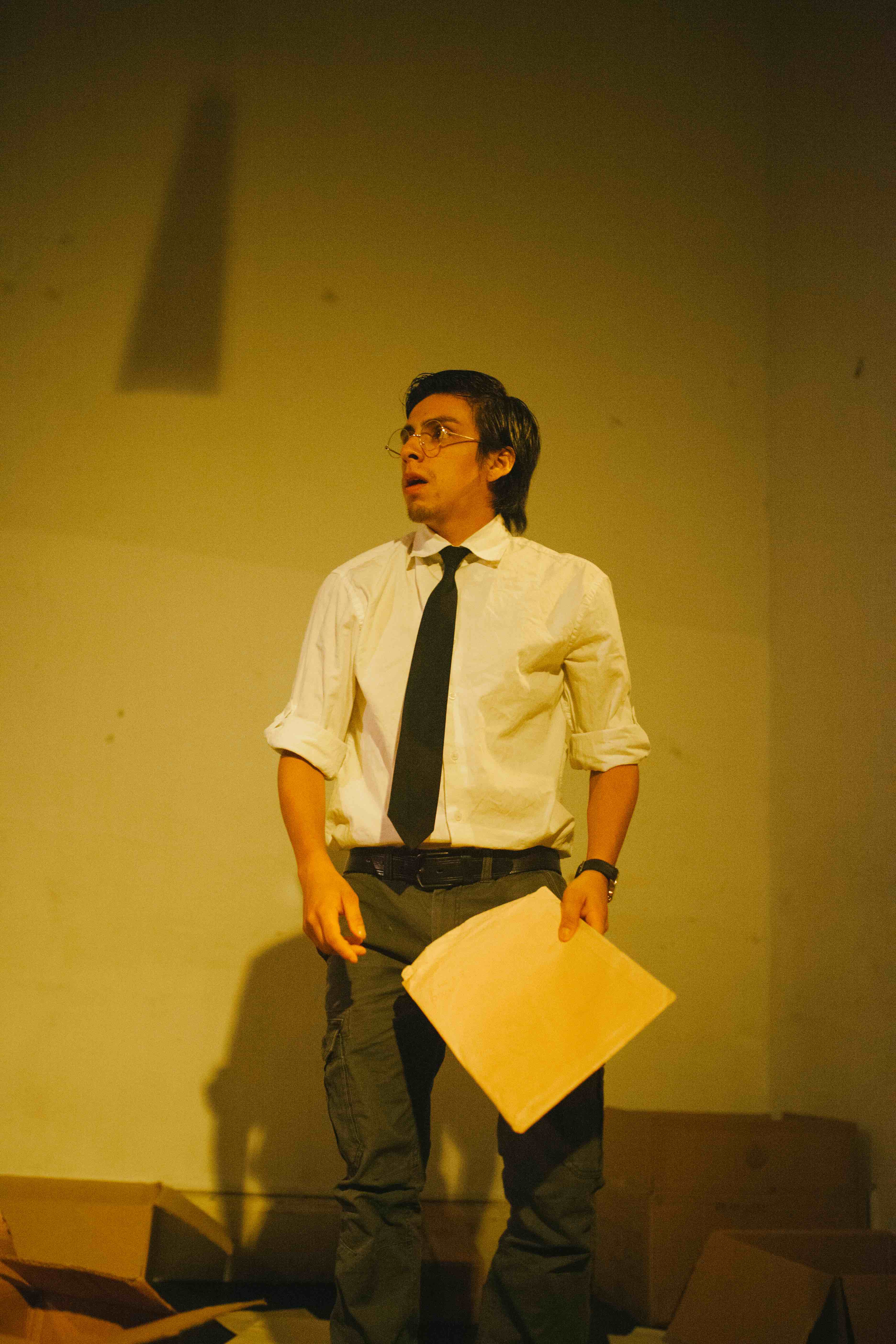First of all, if you are living in an area where there are acting classes you can take – you should be doing that. Because I work with actors that live all over the country, I get this question quite often: If I can’t go to class, what can I do to work on my acting? I recently coached a student online who was preparing for a role in a short film. One of the things I suggested to her for preparation was doing an activity as the character to see what she might discover about the character’s life and thinking process.
For those of you who aren’t familiar with Meisner‘s activity exercise, I’ll first explain that, then I’ll tell you how you can do a version of this on your own without a teacher or class.
The assignment is to come up with an activity, something you have to physically do with objects (steer clear of anything on a computer or phone) with a set of guidelines and obstacles. Come up with something simple, but that requires your full attention to complete. Great examples of activities are:
- packing a suitcase for a specific trip
- getting ready for a specific event
- repairing a broken item
- making something: food, puzzle, craft
Then your job is to come up with surrounding circumstances. Why are you packing the suitcase? What is the event? Why does the broken item need to be repaired? To whom does it belong? For whom is the food or craft you are making? This is a good opportunity to make strong choices. The strongest choice here is always whatever has the highest stakes and therefore would naturally create the most emotional life.
You should be very clear about what the consequences are if the activity is not completed just so. Meisner demanded that actors aim for a standard of perfection – if your activity is to glue back together a broken plate, the goal should be that you want to make it look like it was never damaged in the first place. If you choose to knit a sweater, you’d better have a photo/pattern of that sweater and be making it exactly like that.
Make sure whatever you choose for your surrounding circumstances is somewhat grounded in reality, but not something you actually have to do in your real life. Don’t let the activity be wrapping your mother’s birthday present if that’s something you actually need to get done. The point is to practice using your imagination. However, don’t choose something too far outside of reality. You want to give yourself a setup that you can really believe is happening.
The next piece of circumstance you give yourself is urgency. If it would normally take you an hour to get ready for a black tie event, you should give yourself (in your imaginary world) 35 minutes until the imaginary car is coming to pick you up. (And there better be some serious consequences if you don’t arrive on time!)
When I’ve given this assignment to students in the past, once they’ve started their activity and I can see that they are living in the world they’ve created, I’ll have another actor knock at the door and need something from them. Sometimes they can only communicate by repeating one word back and forth instead of improvising dialogue. This is so they get used to using behavior to live in relationship, rather than feel like they need to be storytellers. It’s not about the story here. It’s about living in the imaginary circumstances and dealing with the obstacles. Remember, acting is behavior. If the actor is really committed to the circumstances (they believe it’s really happening) and they are really taking in their partner’s behavior, emotional life naturally occurs.
I love the activity exercise because it reinforces to actors that their job is not to conjure up emotion, it’s to really believe in the imaginary world, fight for what the character wants, deal with life, and not know what’s going to happen next. They learn that making strong choices and really living truthfully will create organic emotional life. It’s a beautiful thing to watch an actor realize that they don’t have to manufacture emotion. They just have to commit, trust and go on the ride.
Going back to the purpose of this blogpost – to give you an assignment you can do on your own – here is how you can apply the principles of this exercise on your own.
If you have a specific role you are working on, think of an activity that the character would do that they don’t necessarily do in the scene. A good choice would be something that they might be doing in the scene previous to the one you’re working on. So, if in the scene they are arriving somewhere, maybe the activity is packing a suitcase or getting ready. If in the scene someone is coming over (and they are expecting that person), the activity could be cleaning your apartment or preparing a meal for them. Allow yourself to really live in the character’s world and set a timer so you can keep yourself engaged with real urgency. See what kinds of emotions come up for you. If nothing very exciting or dangerous occurs for you internally, you either haven’t made strong enough choices, or you’re not really believing the imaginary circumstances.
Download the activity checklist below!












